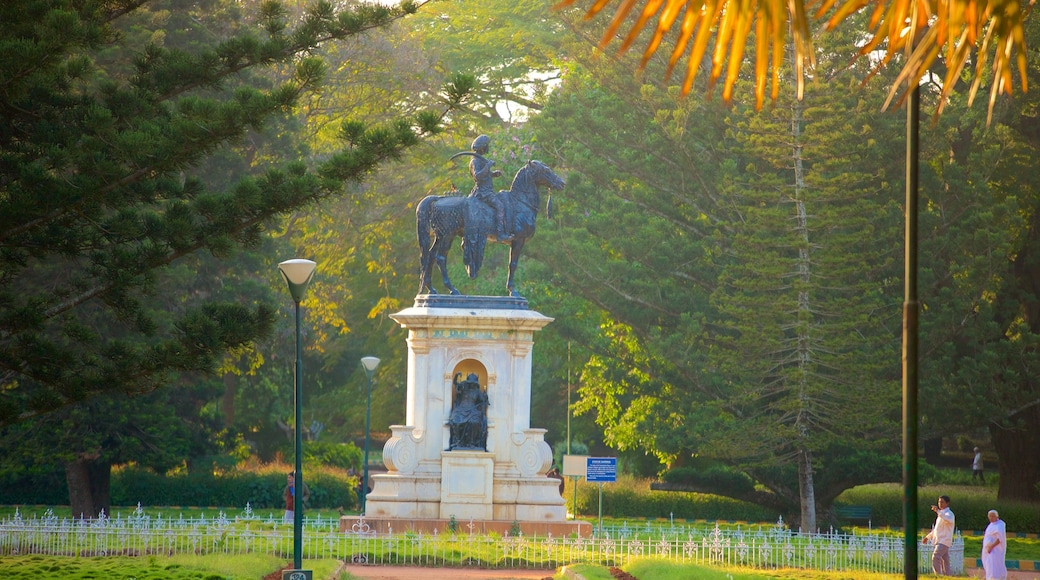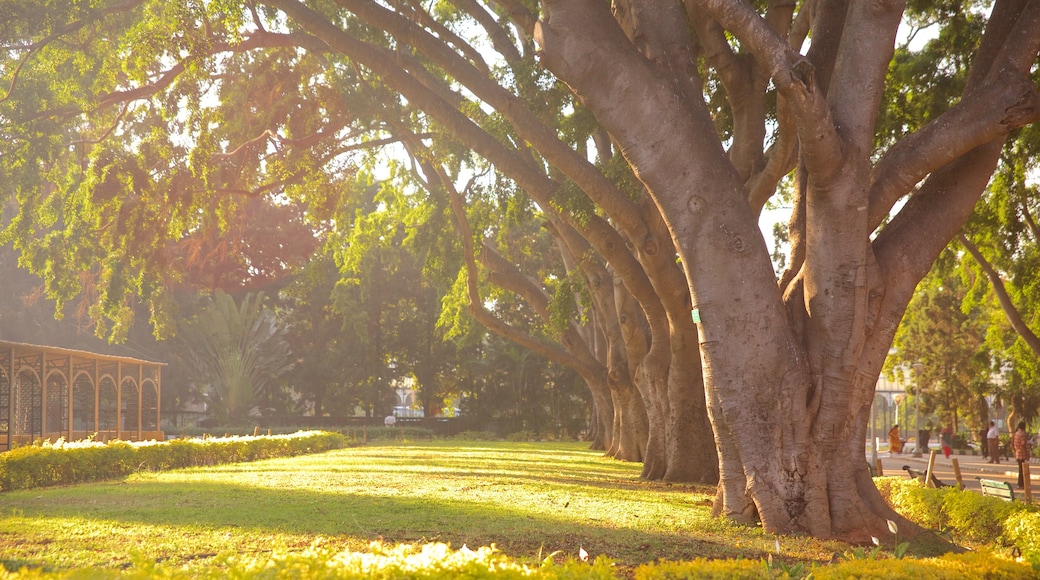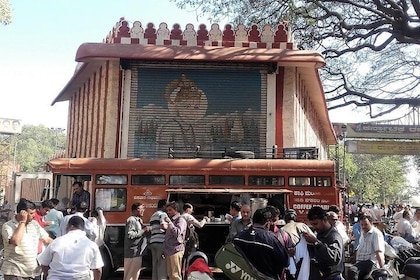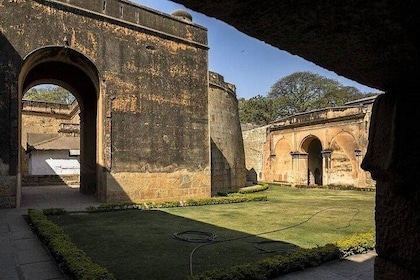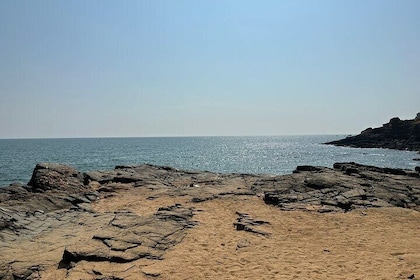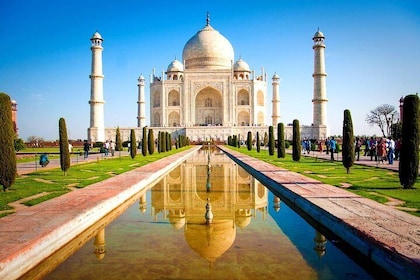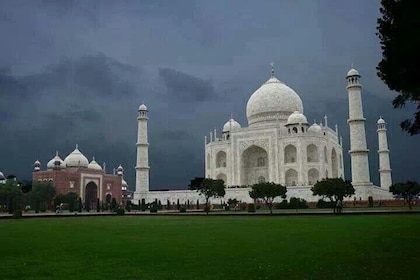Lalbagh Botanical Gardens were originally created in 1760, as a 40-acre (16-hectare) reserve for Hyder Ali, a Mysore ruler. Over the centuries, the garden has been expanded and planted with diverse species imported from around the world, transforming it into one of the Garden City’s landmarks.
Enter the park through one of four gates, which point to each corner of the compass. The Northern Gate is considered the main gate and leads to a network of well-signed paths through the garden.
The park's grounds, which take up more than 200 acres (80 hectares) today, have been crafted into pretty lawns and flowerbeds. Stroll down tree-lined avenues decorated with fountains and stop by serene lotus pools.
Lalbagh Botanical Gardens has a wealth of exotic plants with more than 1,800 species on display. These include rare flowers and trees from Europe and the Middle East. Many are signposted for easy identification. Spot trees that have been growing for over 100 years.
For a beautiful display of vivid orchids and tulips, head to the Lalbagh Glass House. This late 19th-century glass edifice is a showpiece of the gardens and was modeled on England's Crystal Palace. Time your visit to catch the biannual flower shows, which are held in January and August and proudly flaunt the garden's natural hues. The displays for Republic Day in January are famed for reproducing famous landmarks in flowers.
At the center of the park, the Kempe Gowda Tower enshrines the memory of Bengaluru's founder, Hiriya Kempe Gowda. Nearby, tour the rose garden, photograph the floral clock and look over the Lalbagh tree fossil, which dates back more than 20 million years. In the evenings, spend reflective moments by Lalbagh Lake, a favorite nesting ground for several species of local water birds.
The Lalbagh Botanic Gardens is located just south of central Bengalaru. Get here via a short taxi ride from the city center or drive and use the parking spaces provided. The gardens are open from early morning until early evening and there is an admission fee.
